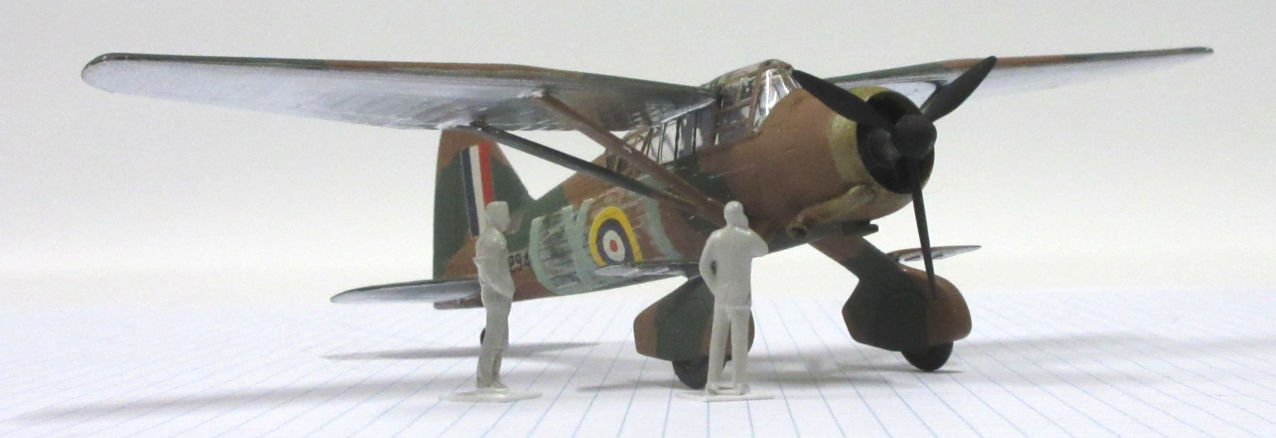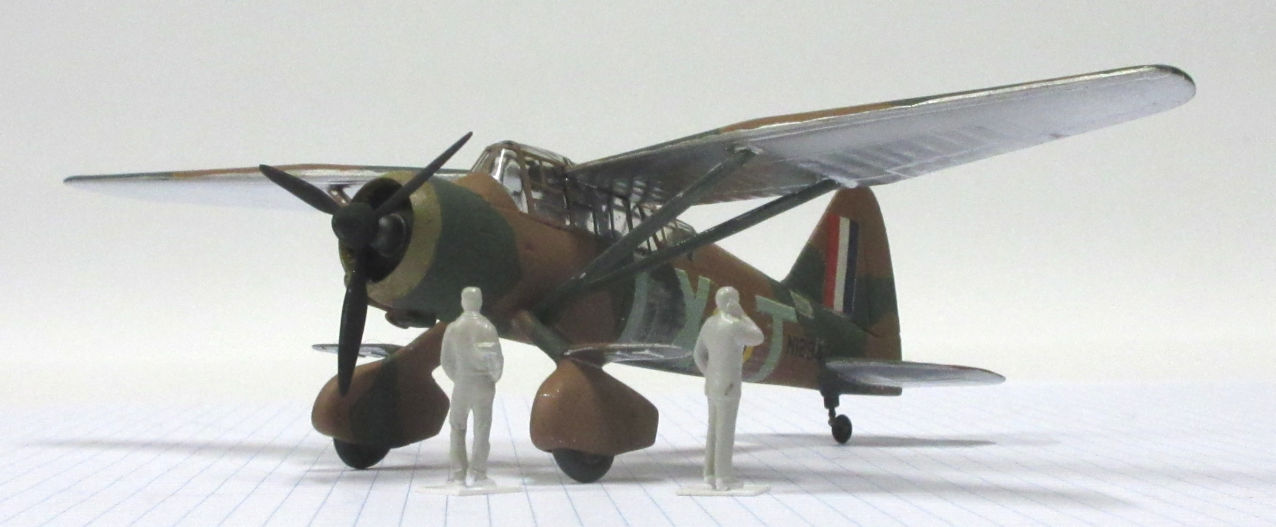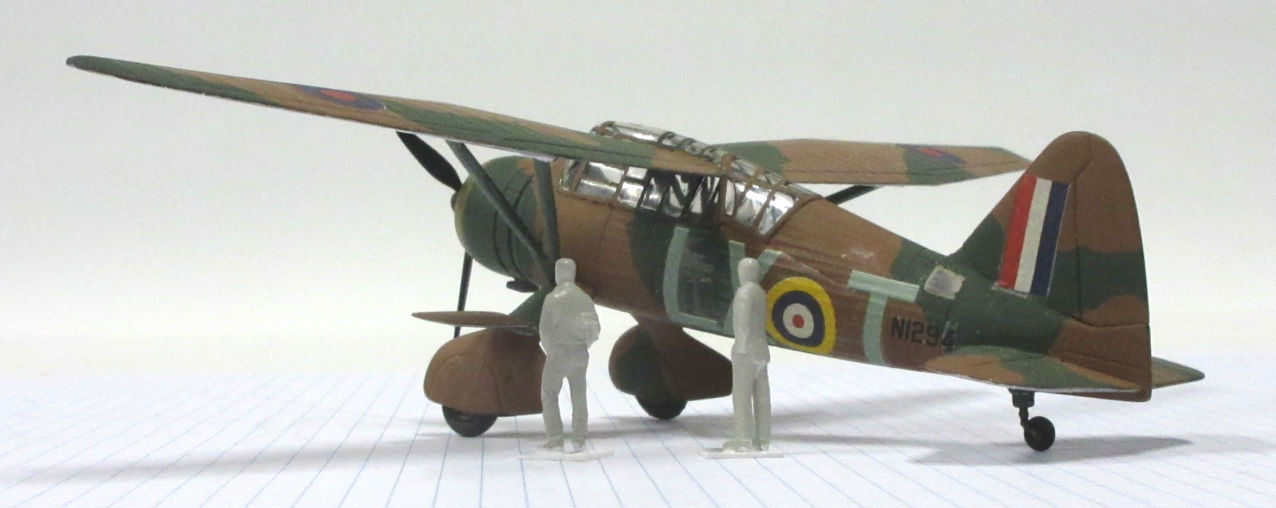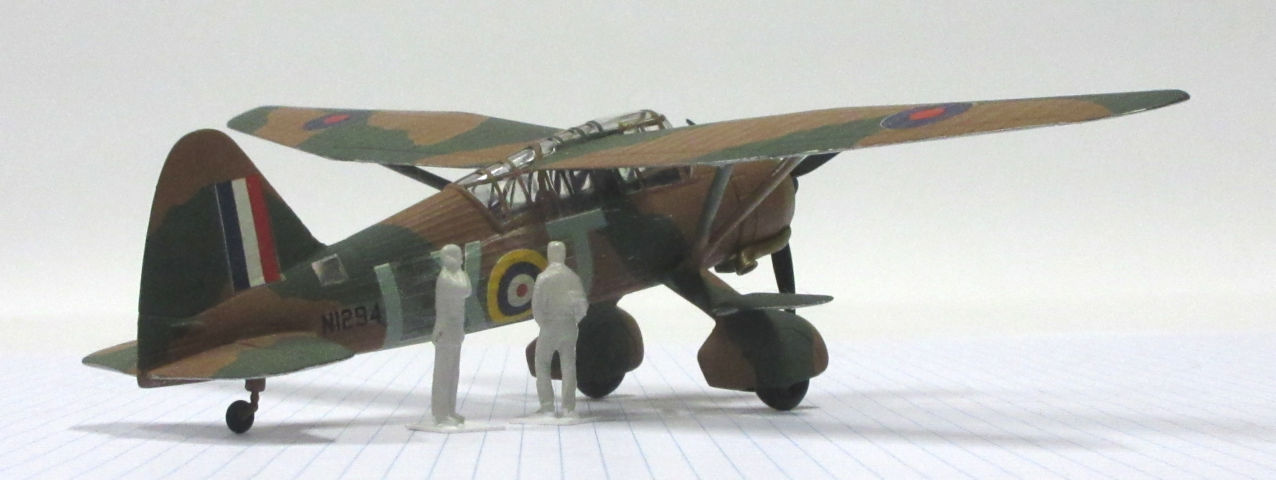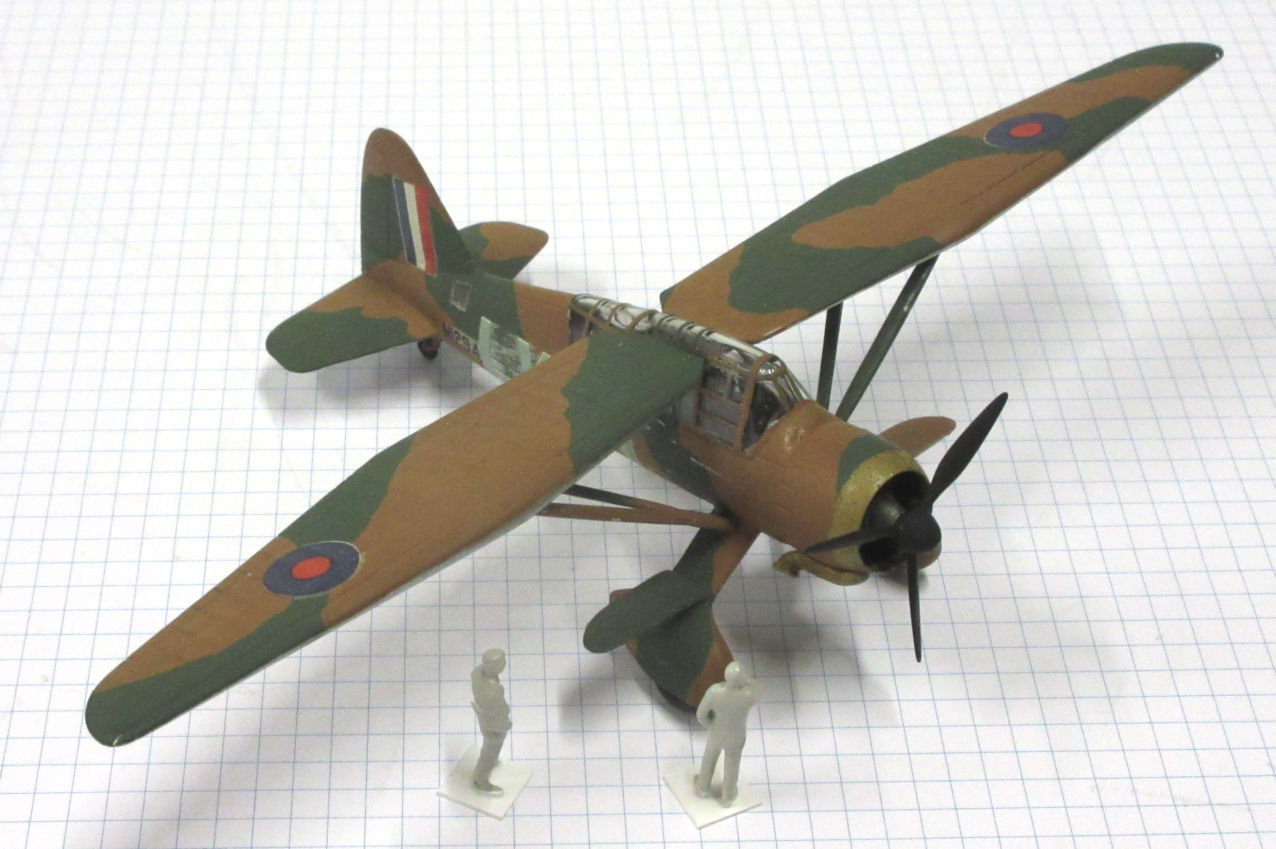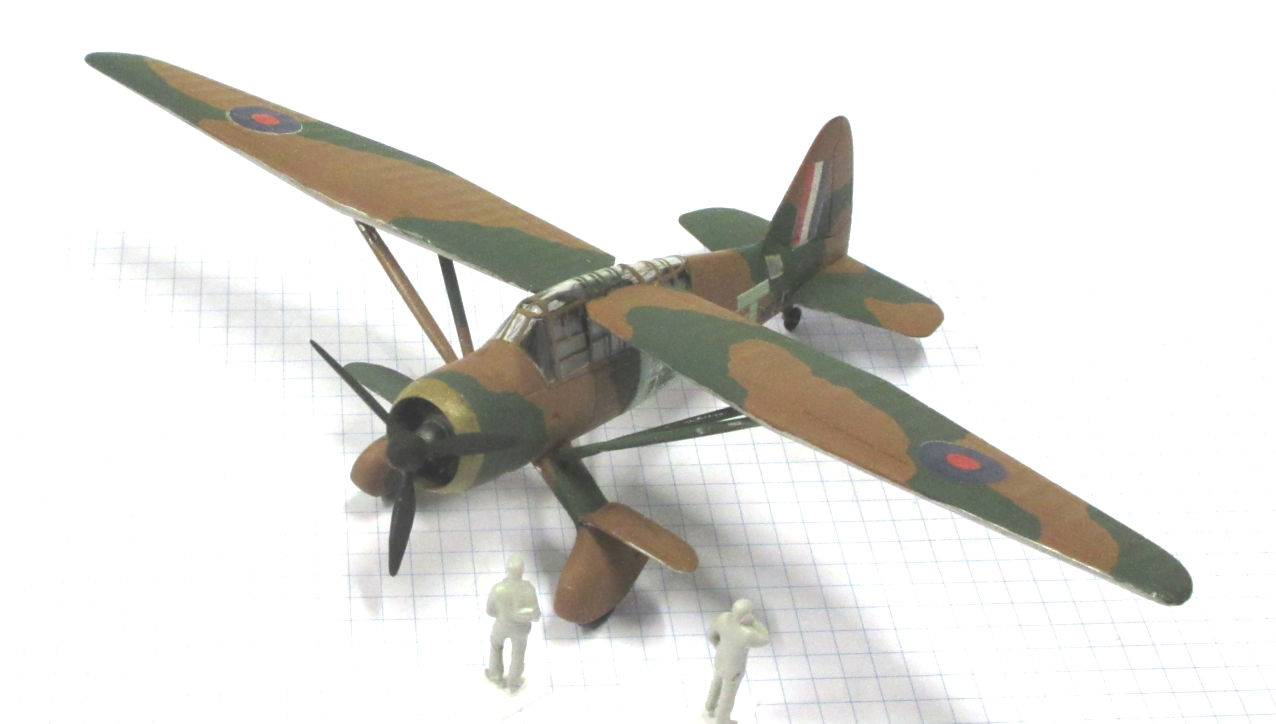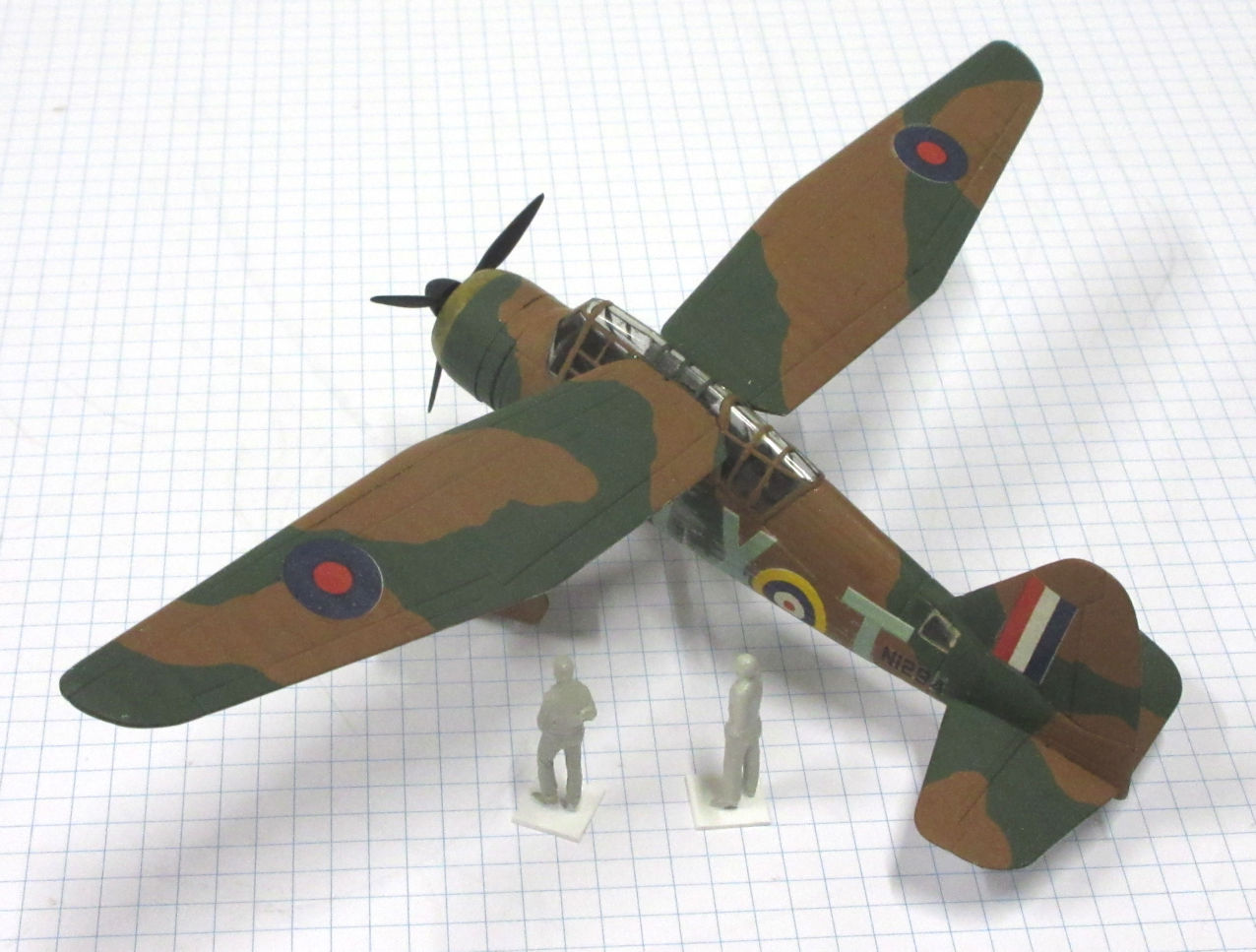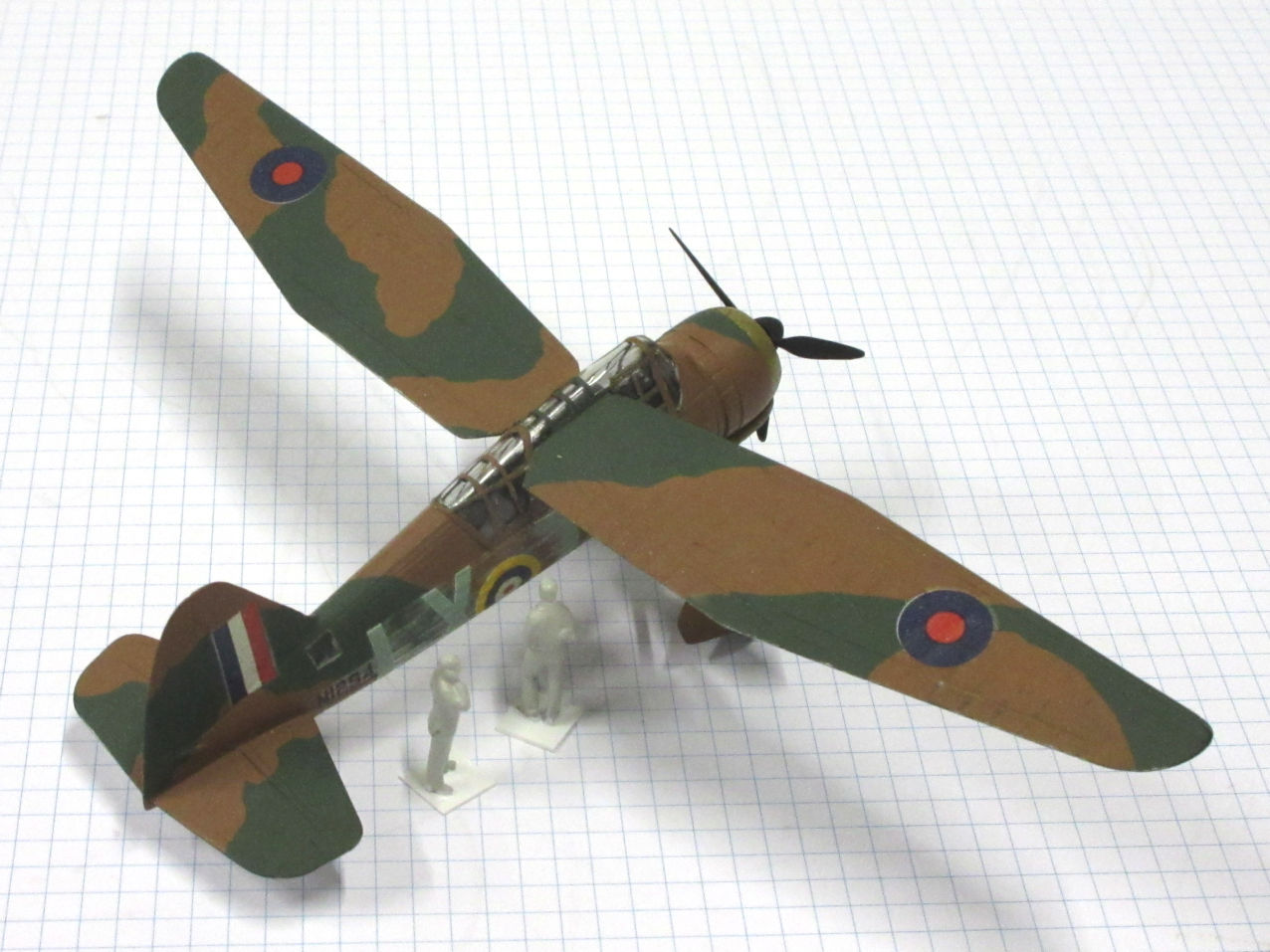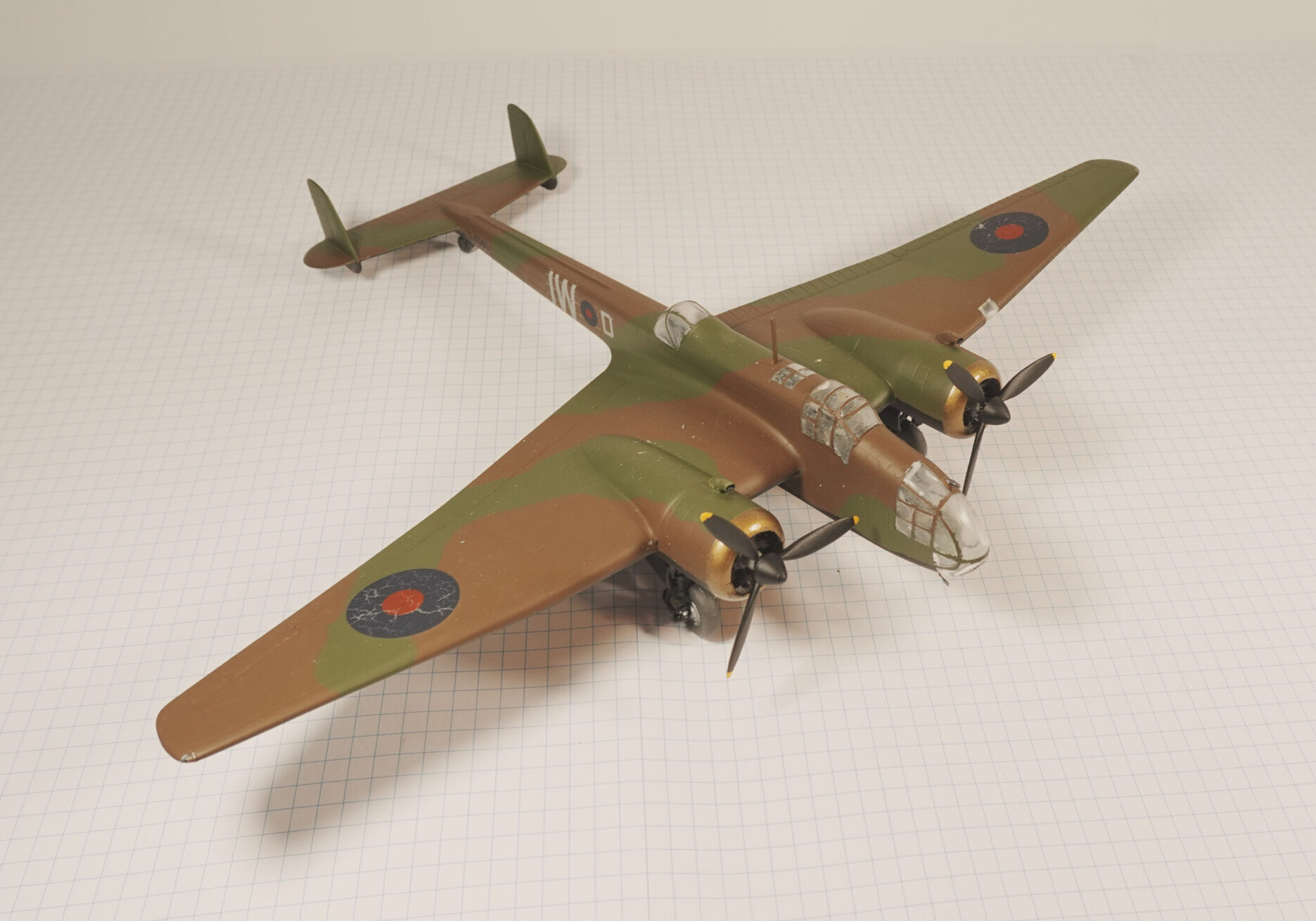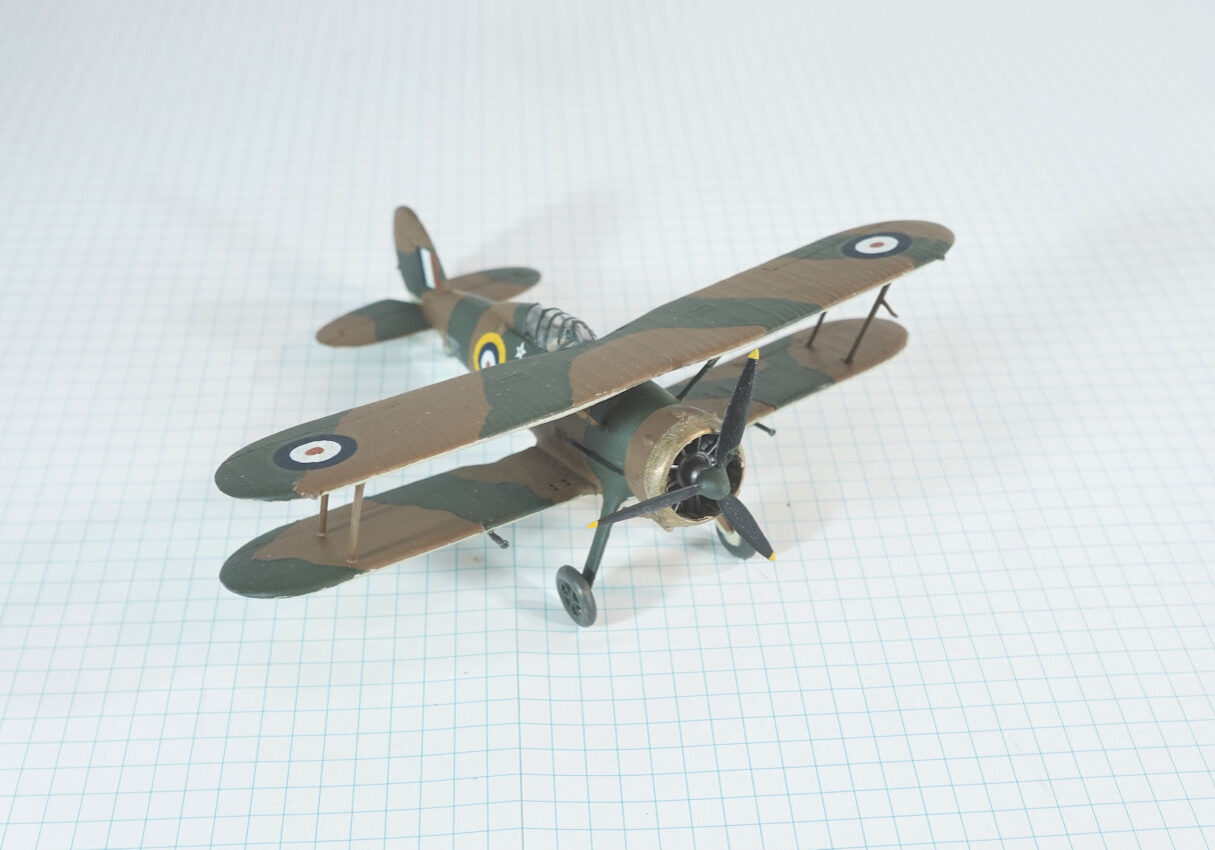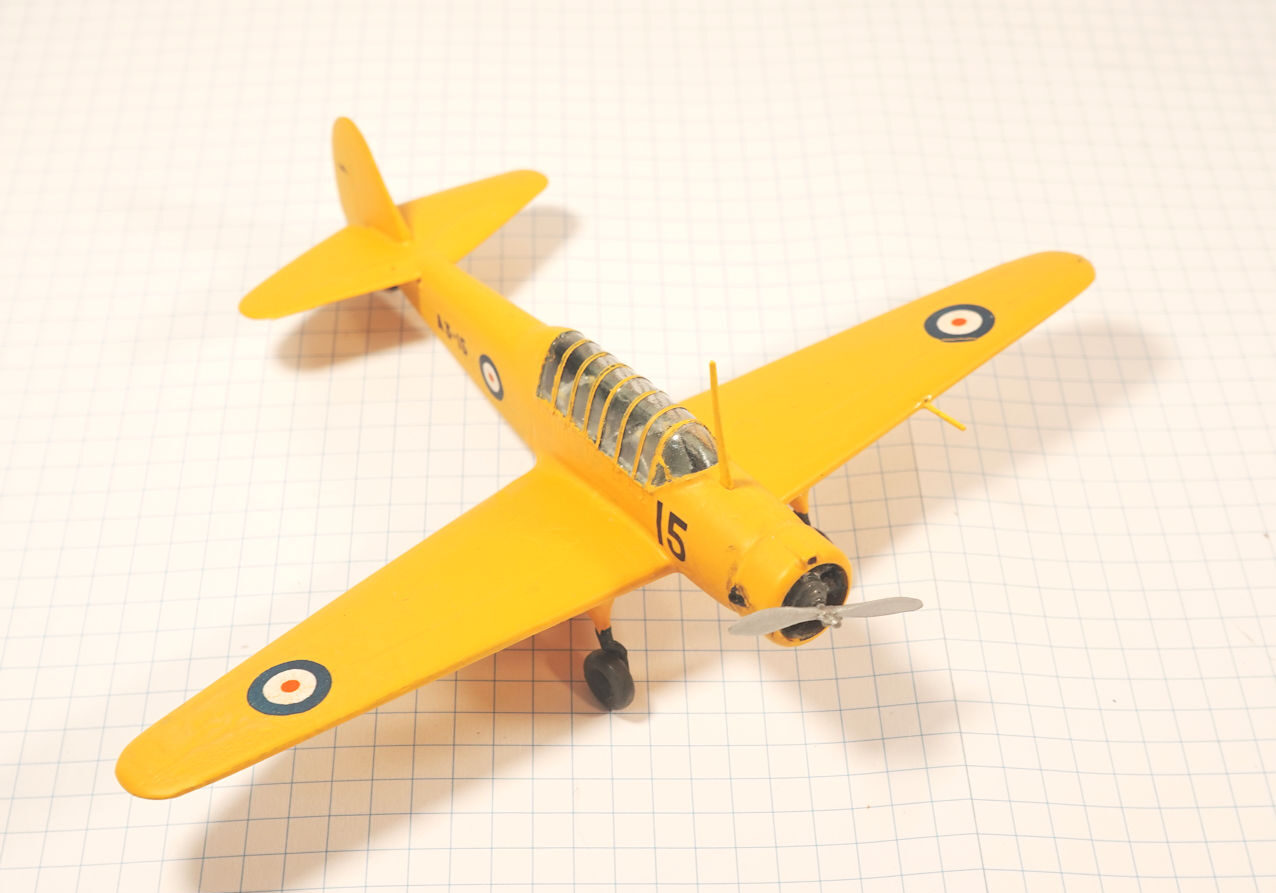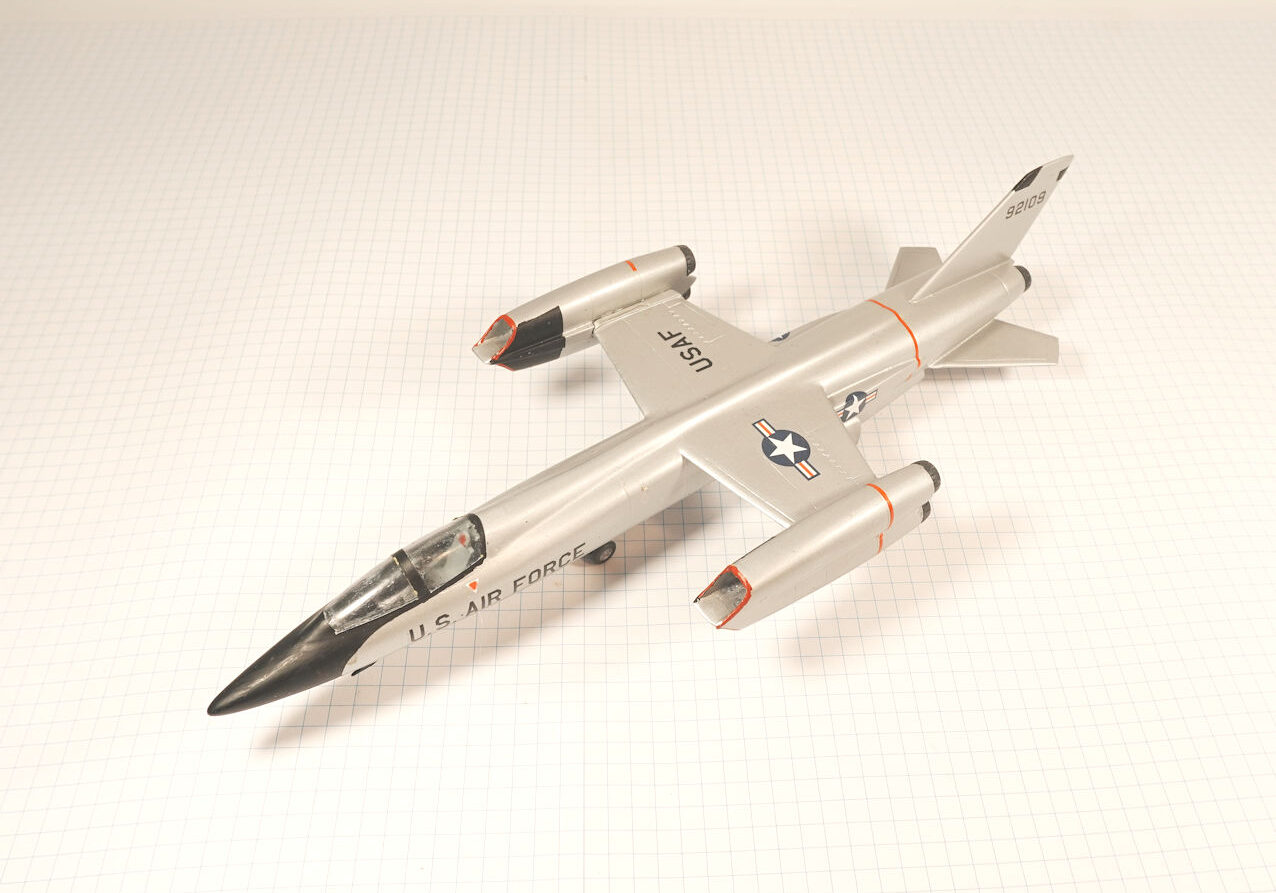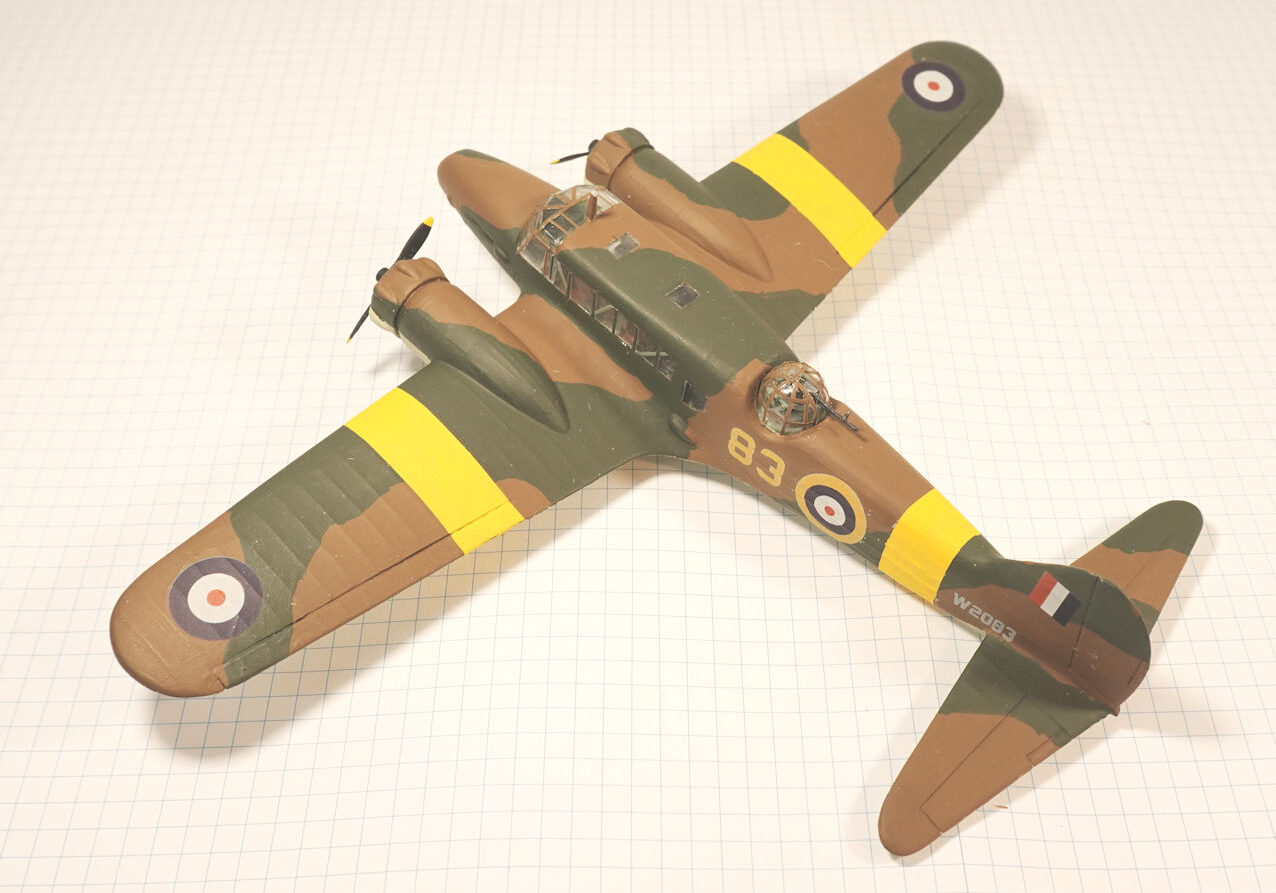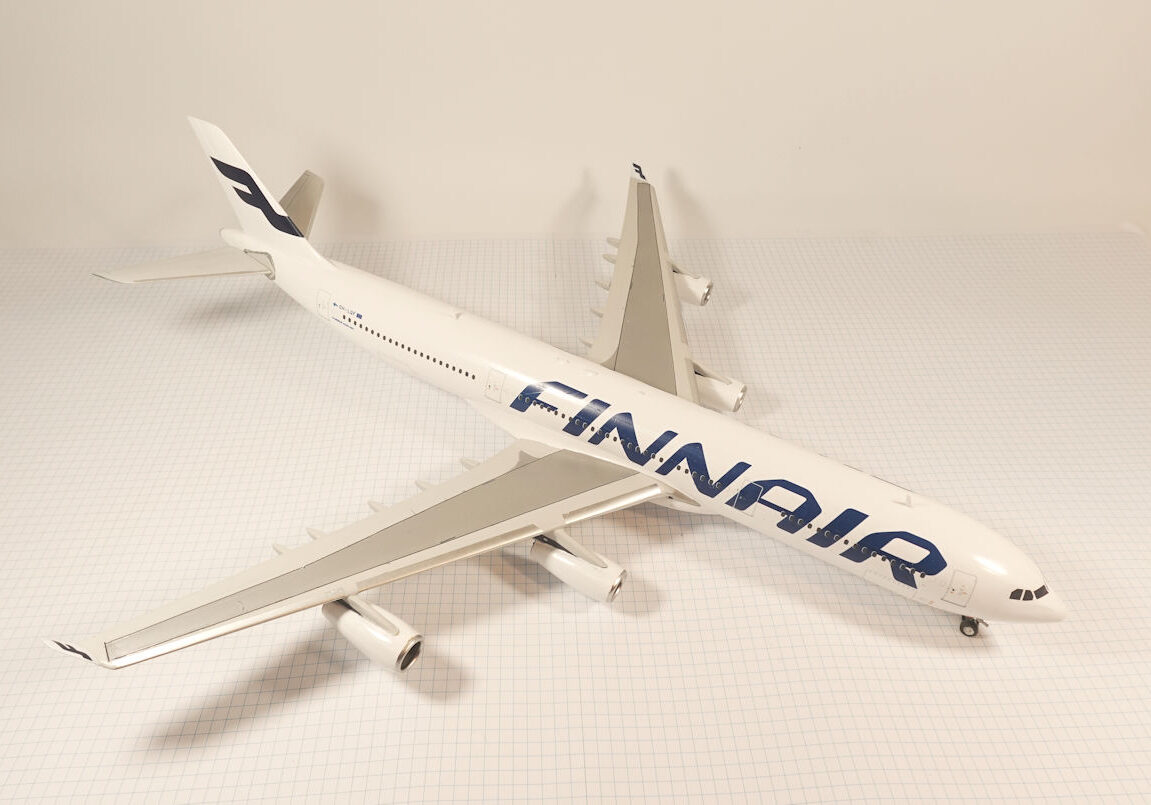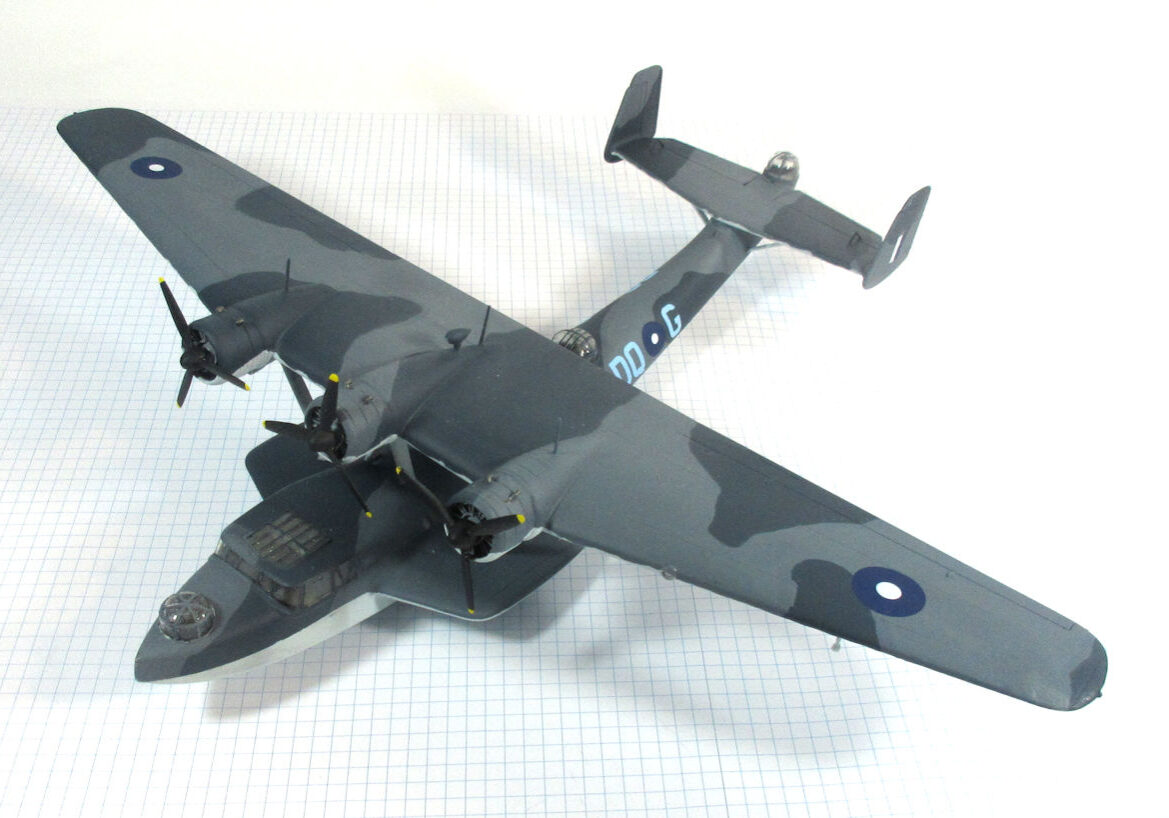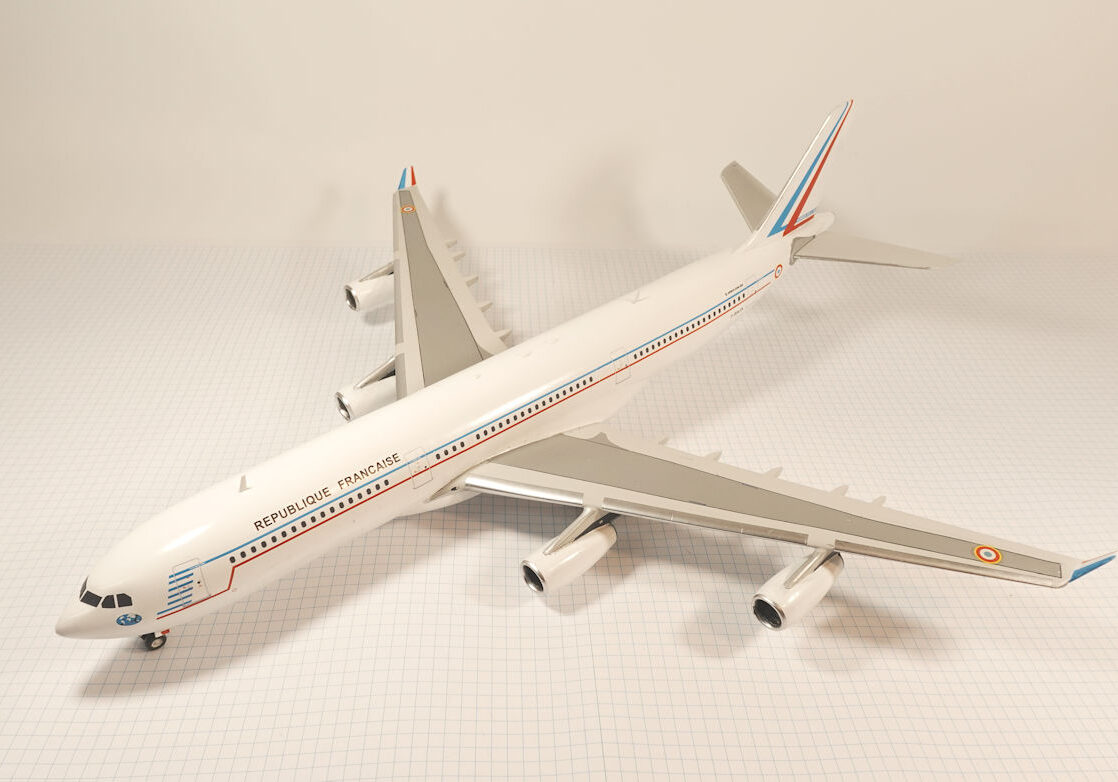History
The Westland Lysander was a British aeroplane designed in the 1930s and used during World War II. It’s short take-off and landing abilities made it extremely useful in a number of roles.
Design of the Westland Lysander began in 1934 to give the Royal Air Force a modern army co-operation and liaison aircraft.
It was aerodynamically sophisticated and capable of landing and taking off in very short distances.
The prototype made its first flight on 15 June 1936 And they began entering service in June 1938.
Experience during the Battle of France in 1940 showed that it was too slow for army co-operation but it was useful in other roles including shot down airmen and dropping supplies.
It was also used to fly British spies into France during the war.
This model represents a Lysander flying with 225 Squadron, RAF, in 1940.
Matchbox 1:72 kit completed by Leigh Edmonds in September 1979.
